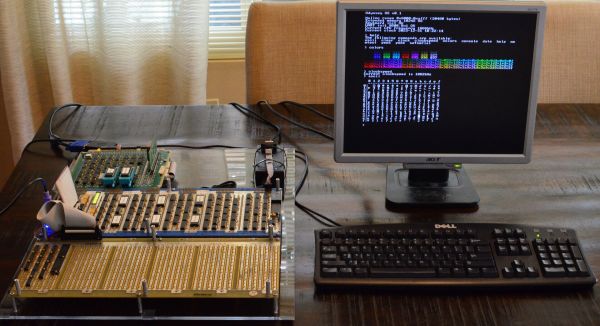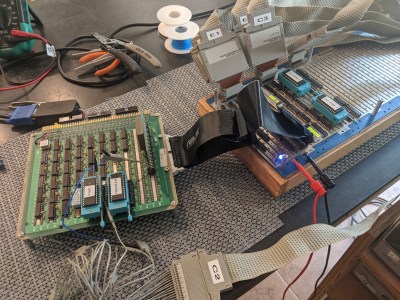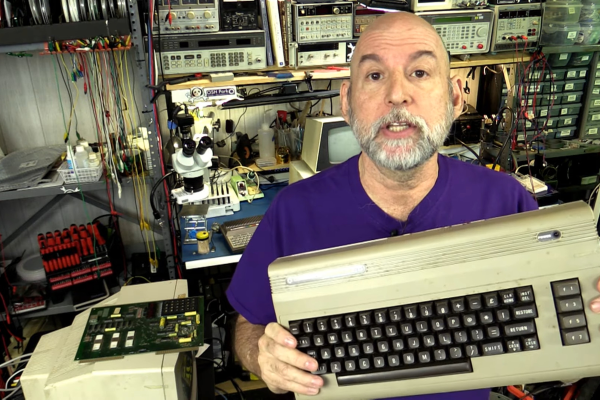
This weekend takes some of the Hackaday crew to the Vintage Computer Festival East in Wall, New Jersey. There’s going to be lots of cool stuff, some dork walking around handing out Hackaday t-shirts and stickers, and more awesome retro computation devices than you can shake several sticks of RAM at.
On the agenda for Friday are a host of talks that include bootstrapping CP/M, assembly programming, disk imaging, and a talk from our very own [Bil Herd] on how to not kill yourself with a CRT monitor.
Saturday is when things really heat up with exhibits including a PDP-8, a 1960s UNIVAC, Chromeco Dazzlers, VAXxen, and a whole slew of computers that weigh less than several hundred pounds. There’s even a real Apple I. Seriously. There are also workshops that include some really obscure work from the late, great [Jef Raskin], and more talks, including [Dave Haynie]’s recollections of Commodore’s circling the drain.
The VCF is hosted at InfoAge, an exceptionally cool vintage technology treasure trove that’s more than worth the visit, even if there weren’t a vintage computer festival going on this weekend. We caught up with the InfoAge guys a while back, and needless to say, if you come, you’ll have fun.
If you see somebody walking around with a Hackaday t-shirt on, be sure to tell them you’re a fan. If they don’t know what you’re talking about, ask them who they got the shirt from. Regular updates to follow, including a video of someone loading the Hackaday Retro site with an Intel 4004 microprocessor. I didn’t think that was possible either.
Oh, watch our Twitter or something. That’s a thing now.



















